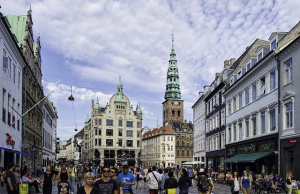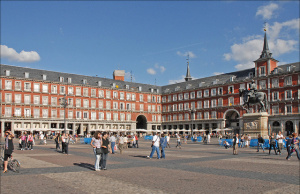Three Reasons to Stay on A Houseboat in Amsterdam
Amsterdam is famous for its winding canals, picturesque city bridges and cool, relaxed city life. That is unless you’re traveling on the left side of the bicycle lane, and in that case you’re on your own!
Having the opportunity to visit a classic city like Amsterdam may seem like a dream come true What better way to stay than right in the heart of on the city’s most famous landmark: the canals! I’m lucky enough to have stayed for three weeks this summer on one of Amsterdam’s famous houseboats, equipped with beautiful views of the water of course!


Today, there are around 2500 houseboats docked along the streets of Amsterdam. They typically provide the same amenities as a regular apartment- living room, bathroom, bedroom, kitchen and dining room.
Read on for my top reasons to stay on a houseboat in Amsterdam!
1. A truly unique experience…
There aren’t many places in the world that is built on water like Amsterdam, let alone offers travelers to option to stay right on the water itself. There are three types of houseboats. The first two are typically older, and may still have the potential to sail, while the last is completely docked.
- Houseship, which is an old cargoship that has been refurbished, dating back to the early 1900s
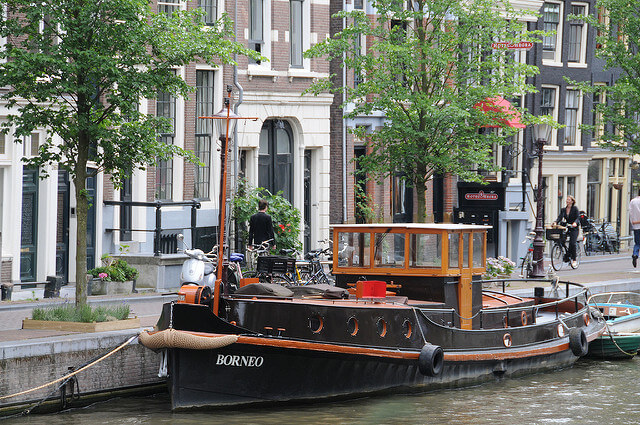
- Housevessel, has the hull of the old sheep with the deck and steering house completely removed to build structure that is only meant to be lived on.
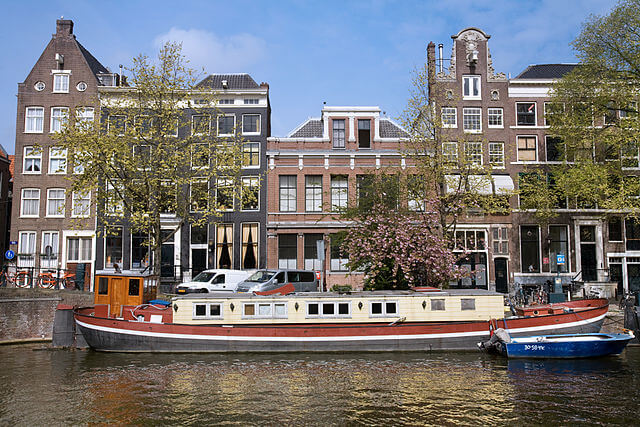
- Ark, a houseboat designed solely for living. They are typically built on concrete hulls and can even be multiple stories!
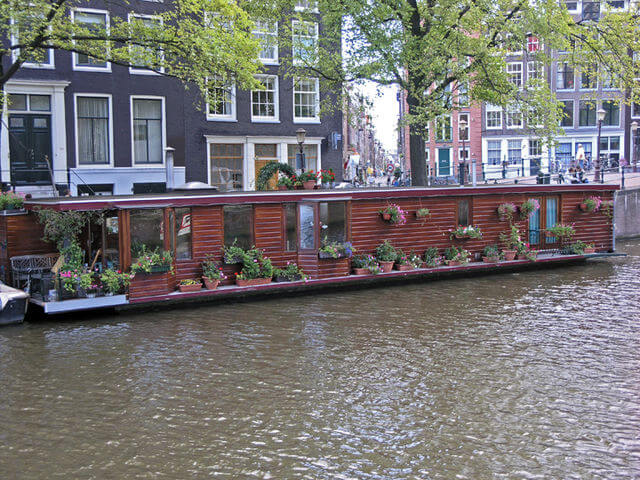
2. Steeped in history
Water and Amsterdam have long been intertwined, far before the concept of the houseboat was born. Historically, sailors and merchants would transport goods with the boat and live with the family below deck. Once the ship owner retired, they would dock the ship and then continue to live on it. Although, this wouldn’t have been much of a luxury experience at the time.
After World War II, the city was suffering from a housing shortage and decided to turn old vessels into homes. It was considered very cheap at the time and most people would still be able to travel with the boat where they liked.
During the 60s and 70s the more modern version of the houseboat was born- the ark. This allowed for more colorful and creative designs as well as increased the comfort level of living on a boat.
3. You’re in the heart of the action!
Many of Amsterdam’s houseboats are located right in the city center. What’s a better way to get a feel for the hustle and bustle of city life without actually having to be on the streets than lounging on the top deck of your houseboat sipping on an Amstel beer? Not much my friends, not much.
Luckily, there are many options to rent houseboats online to prepare for your trip. Airbnb is a great place to start. The houseboats can sometimes be more expensive than the traditional apartment. But it is definitely worth it to get the experience at least for a few nights!




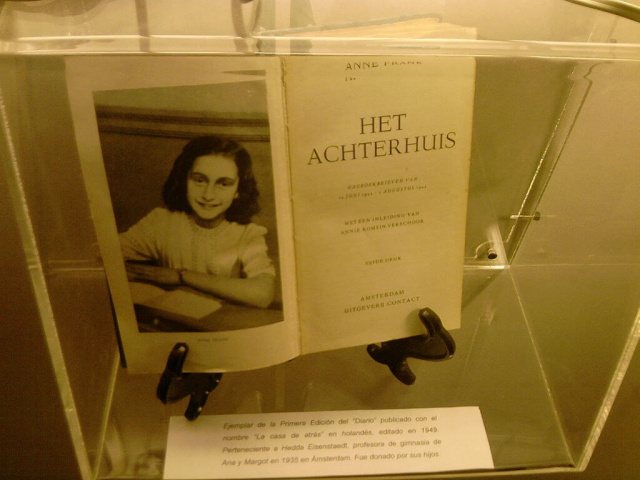

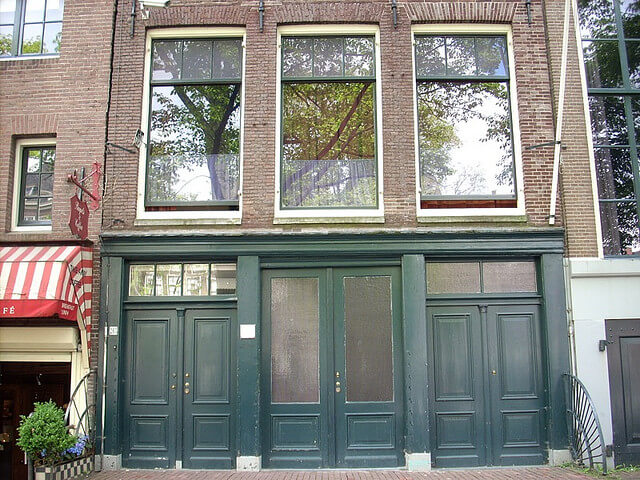
![Young Anne Frank at School in 1940. By Unknown photographer; Collectie Anne Frank Stichting Amsterdam (Website Anne Frank Stichting, Amsterdam) [Public domain], via Wikimedia Commons.](https://travelingeurope.biz//wp-content/uploads/2015/11/Anne-Frank-school-photo-182x300.jpg)
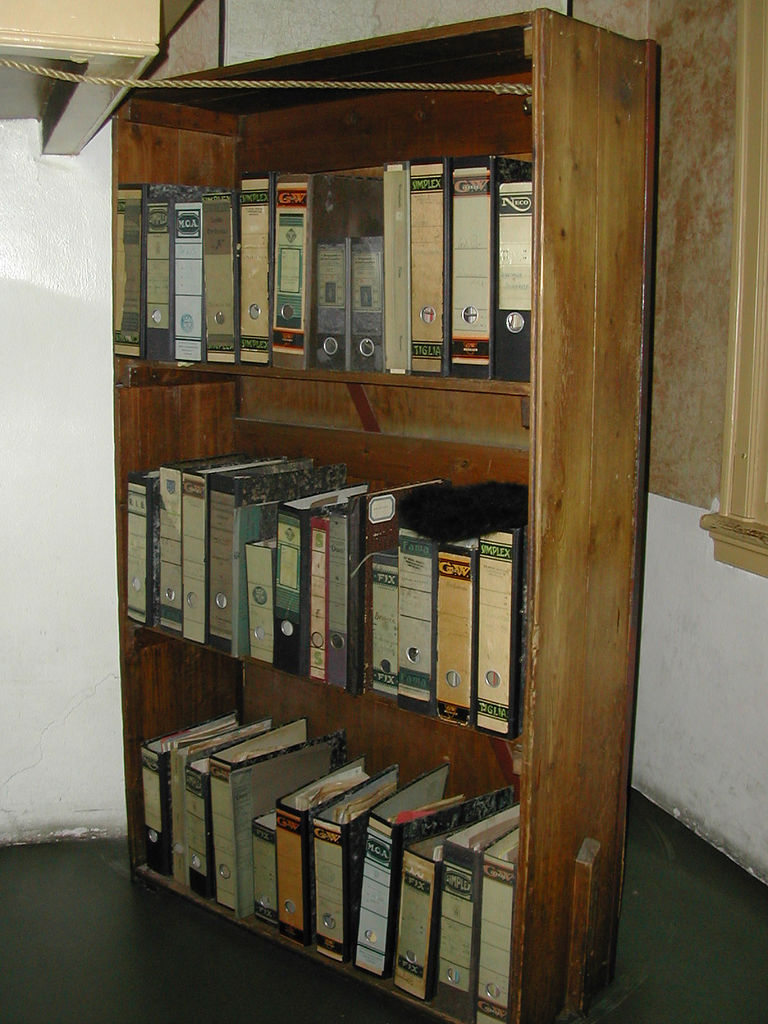
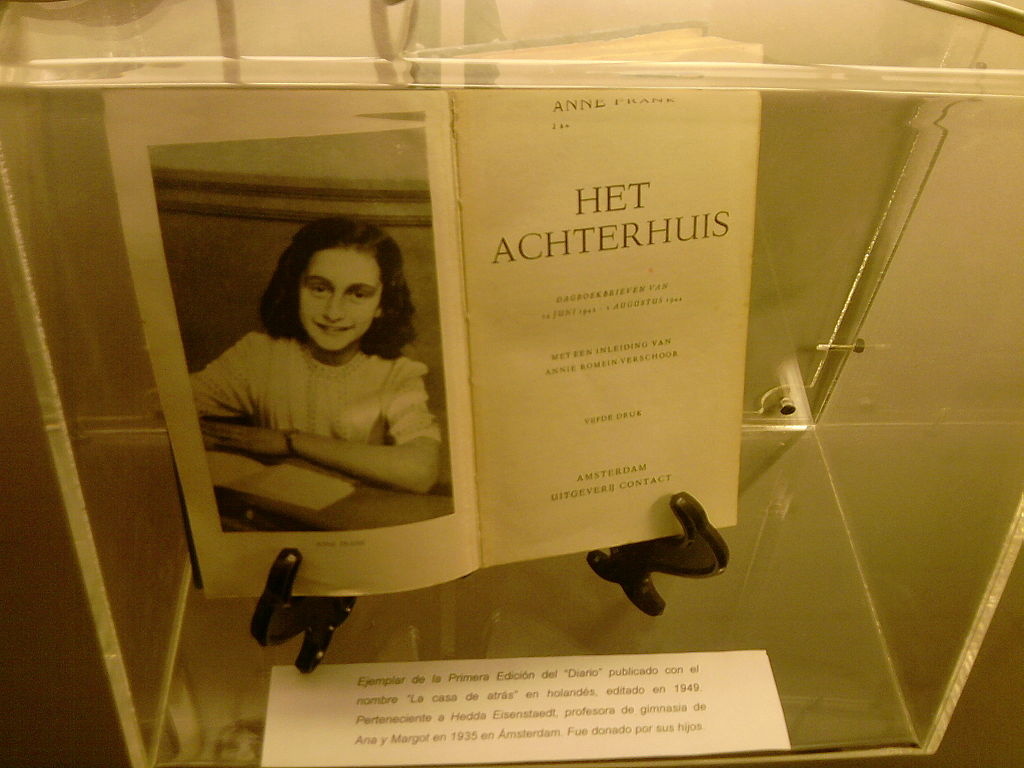
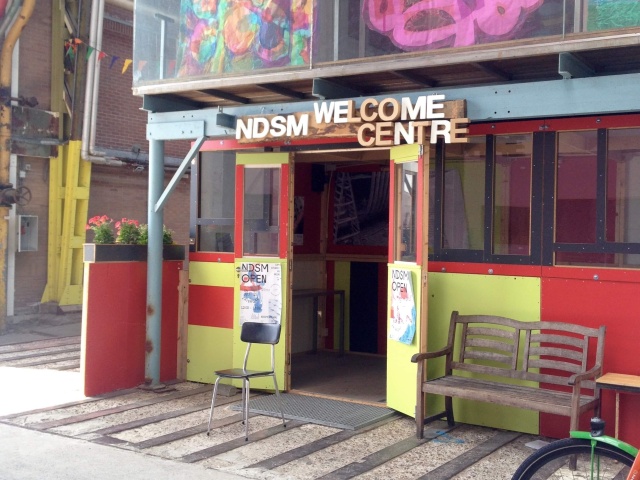
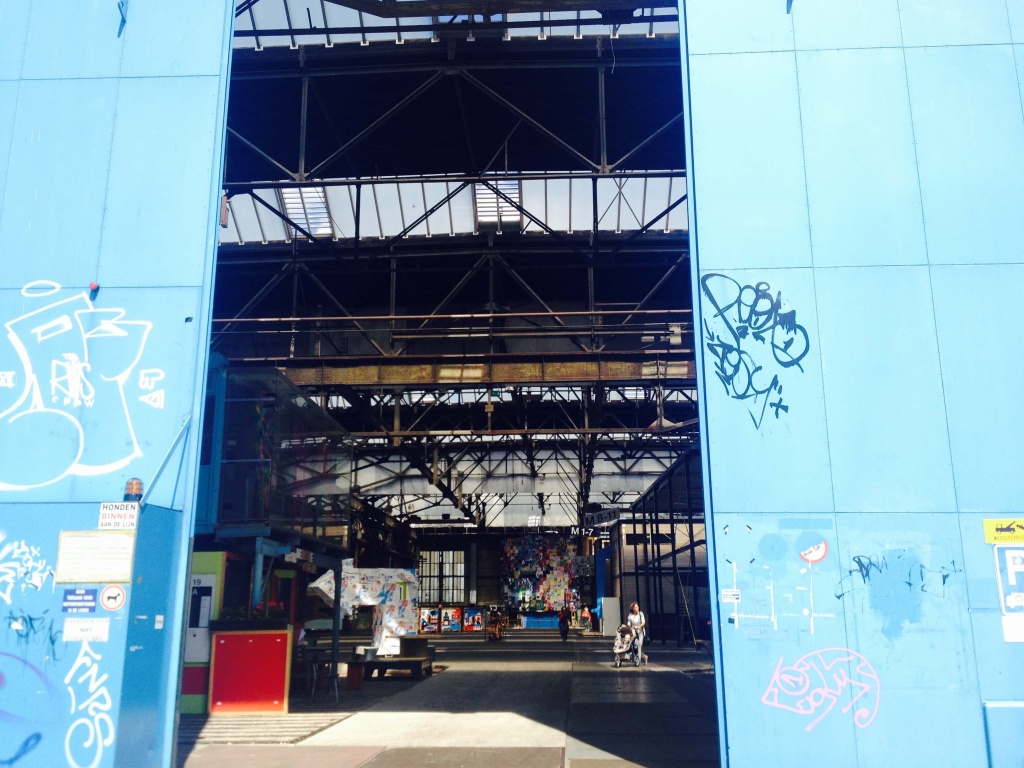

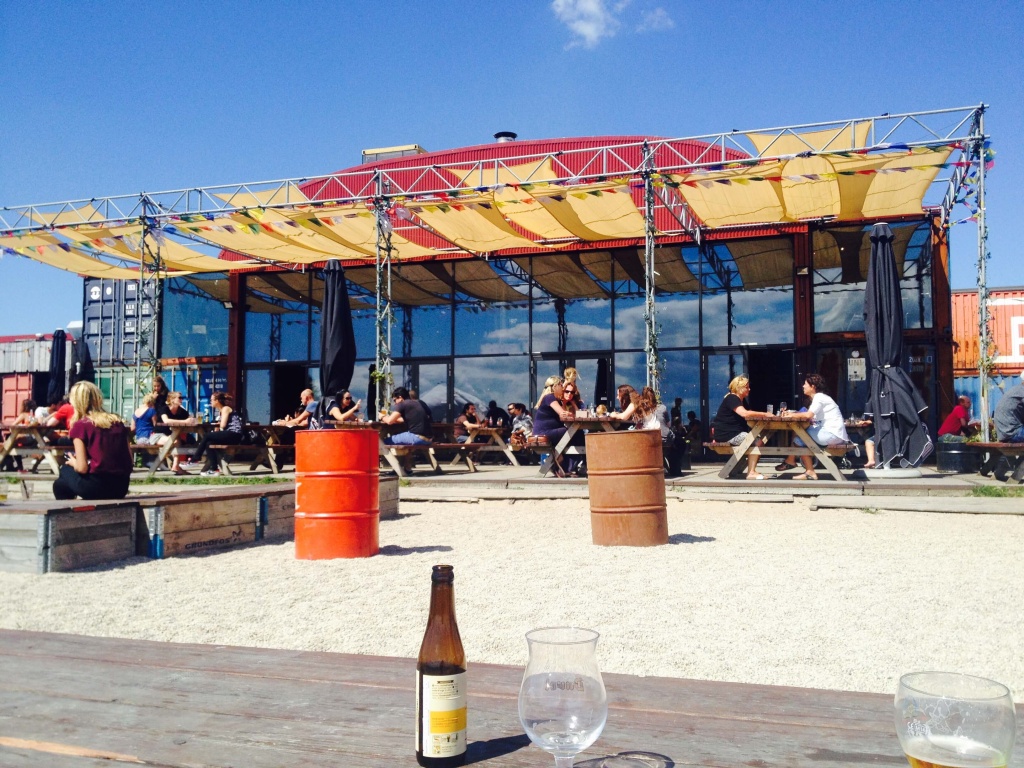
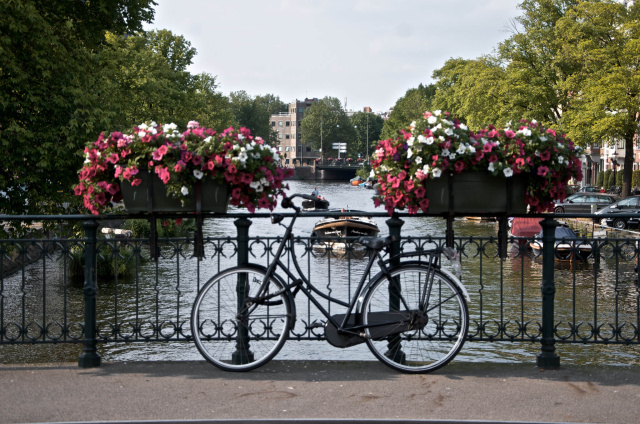
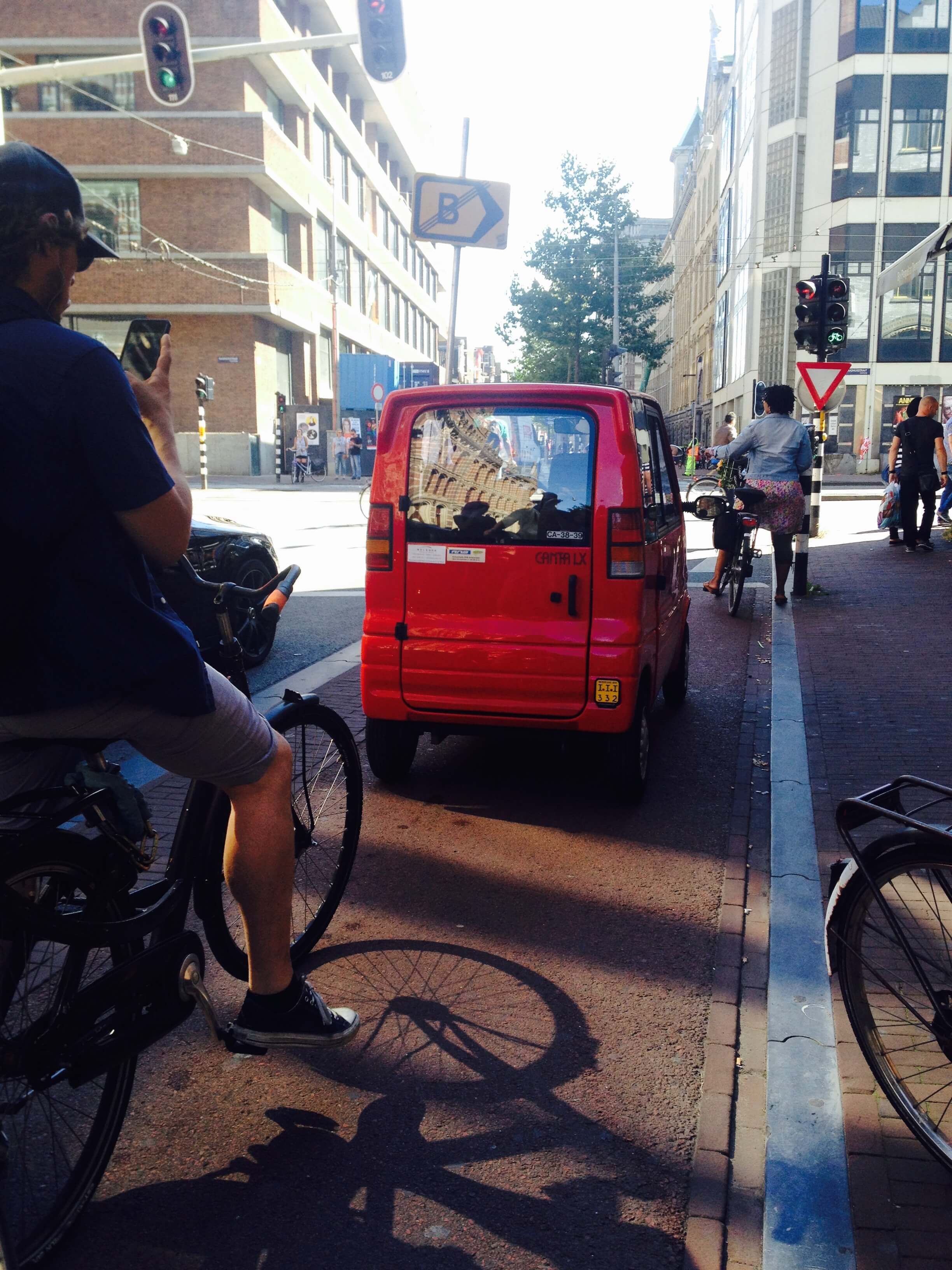
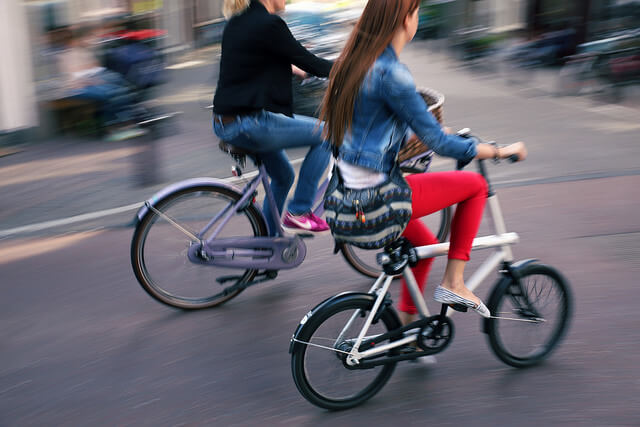

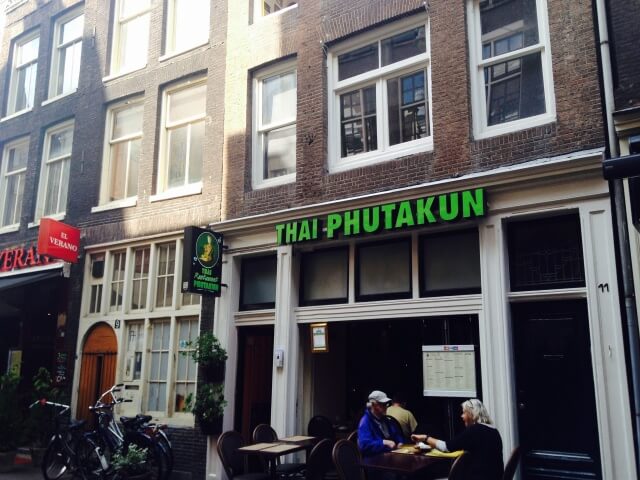
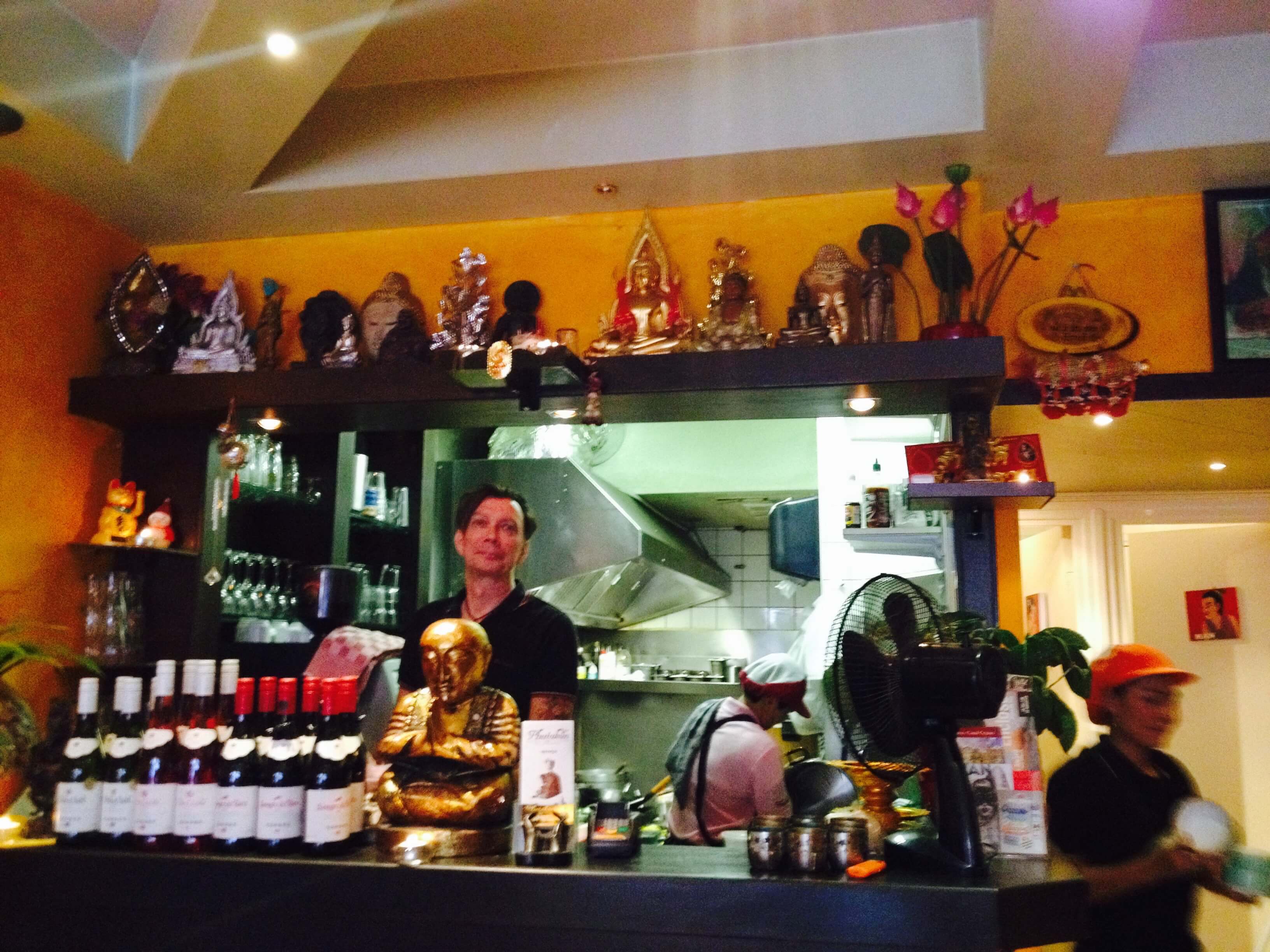

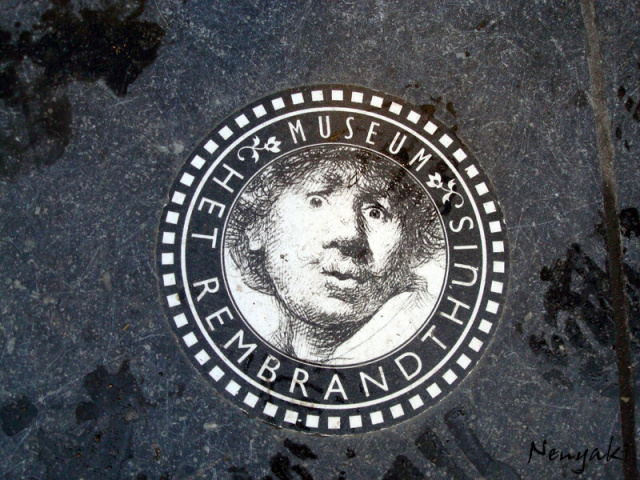
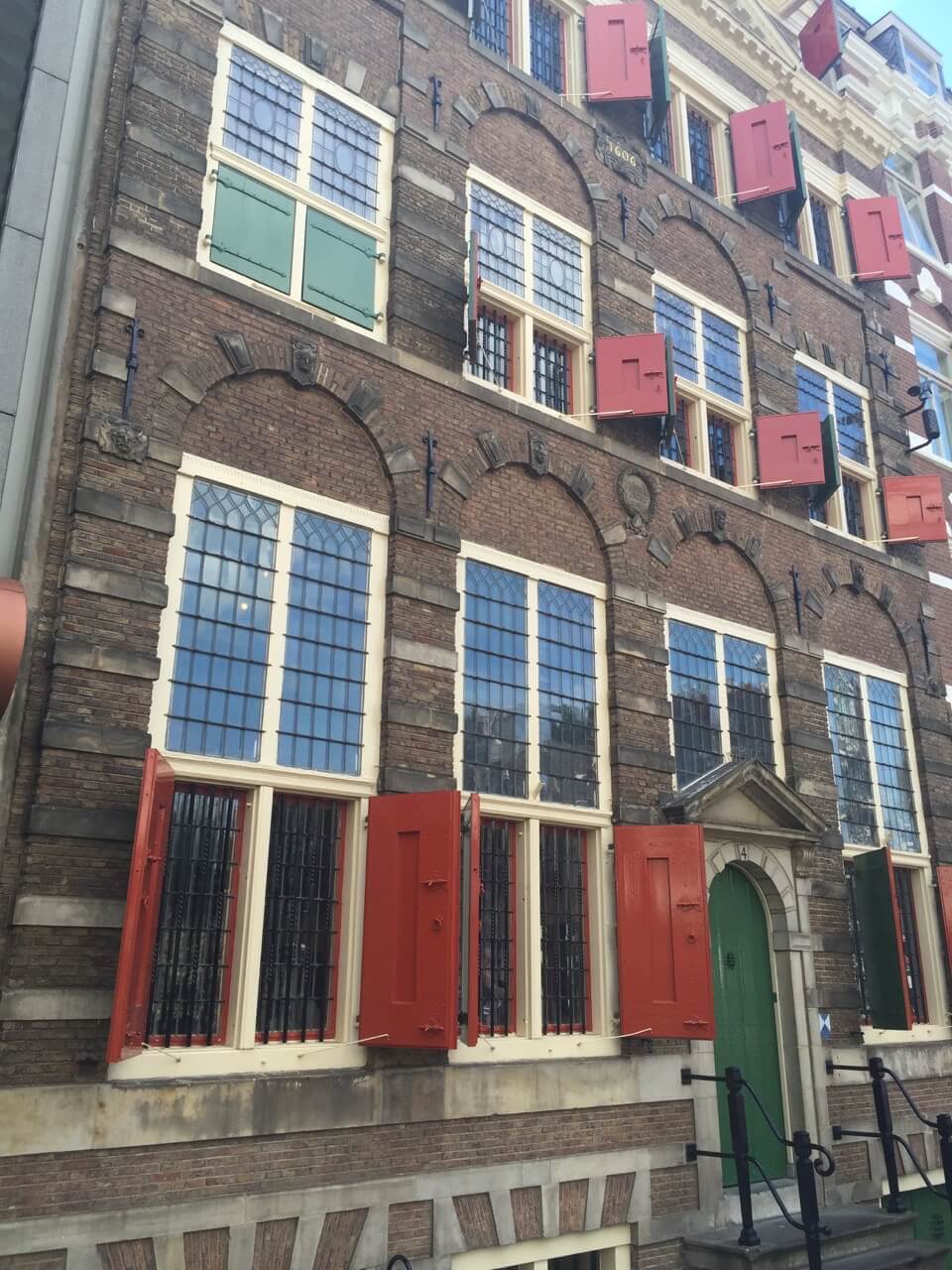
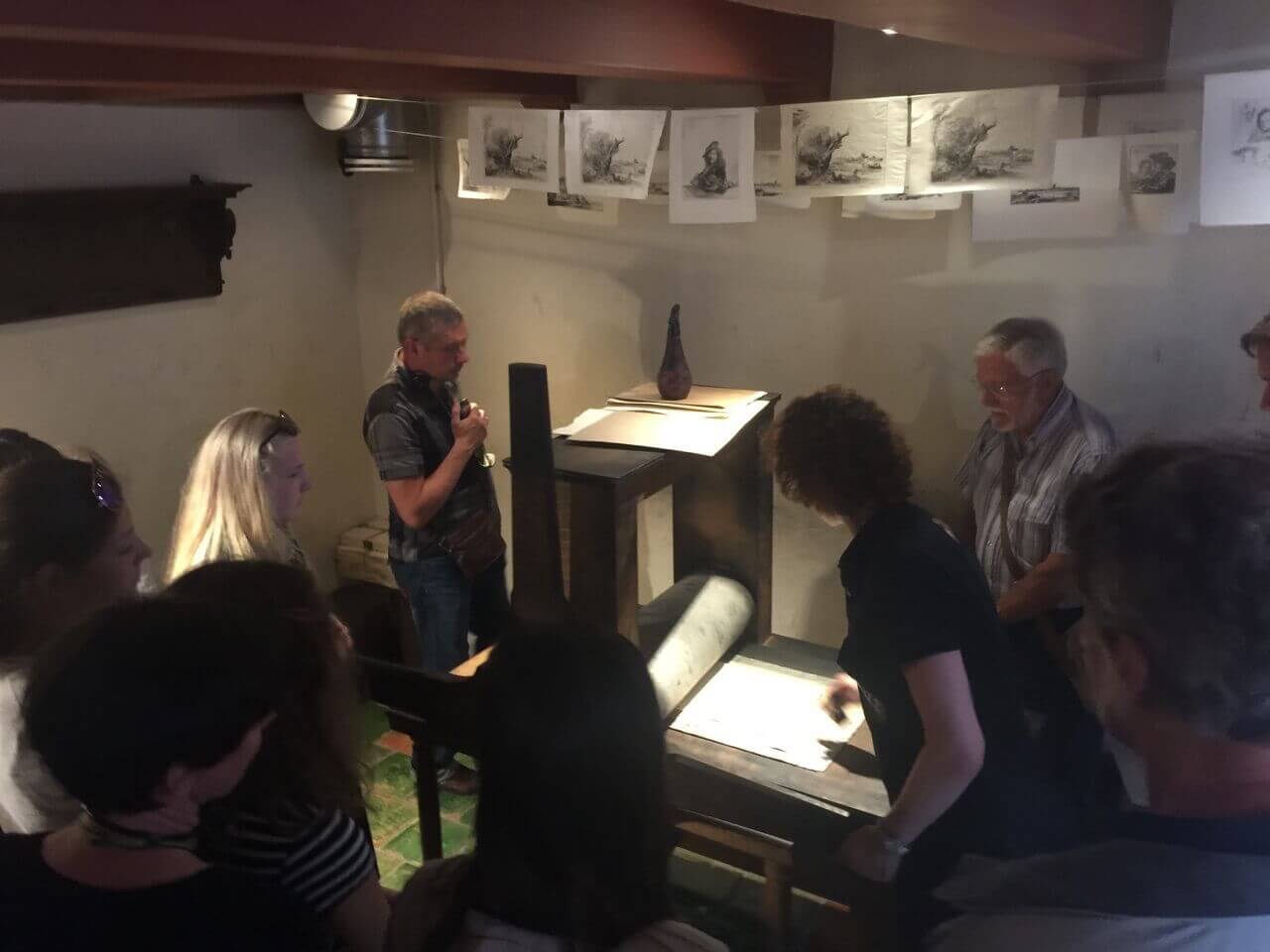
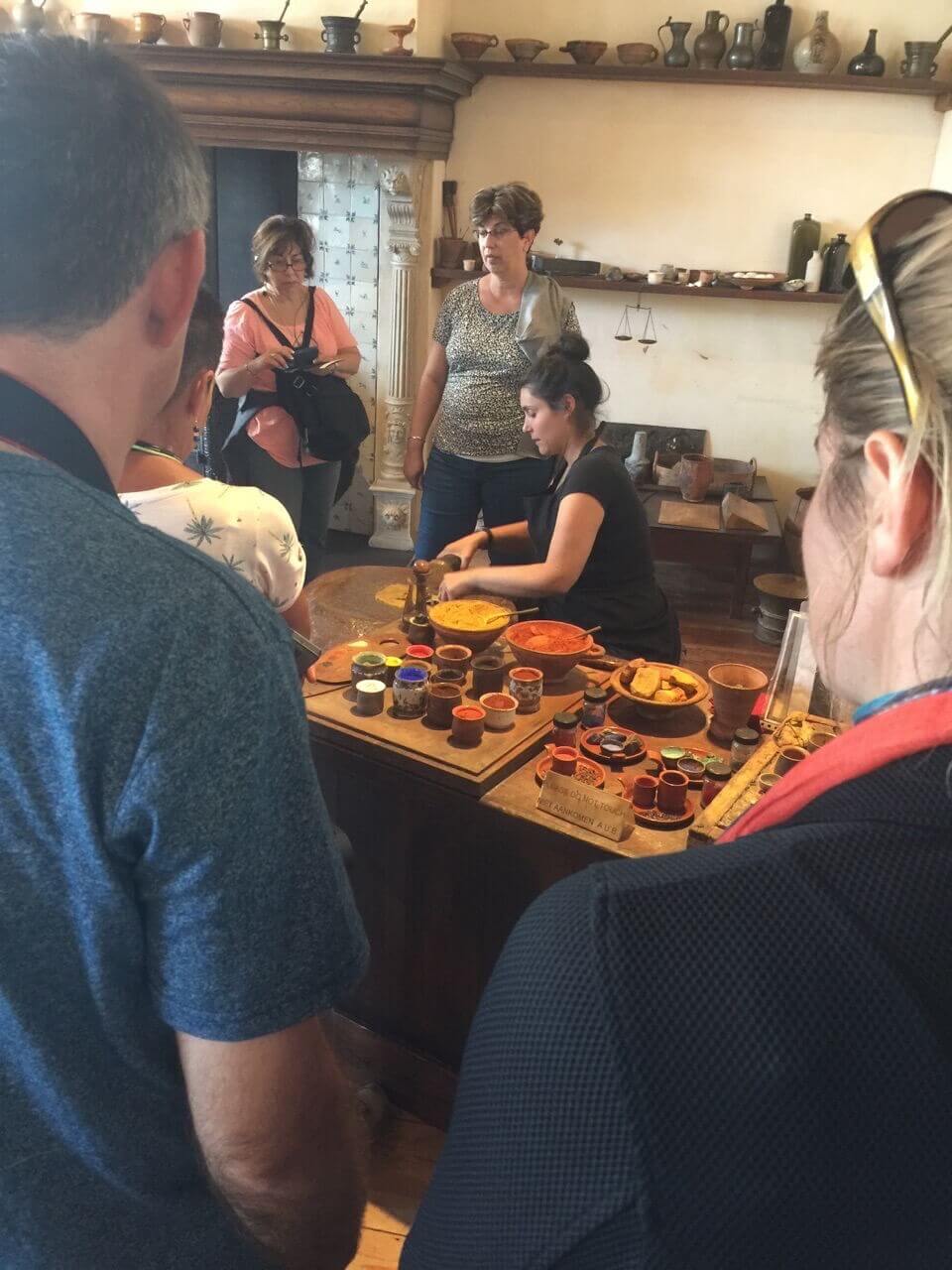

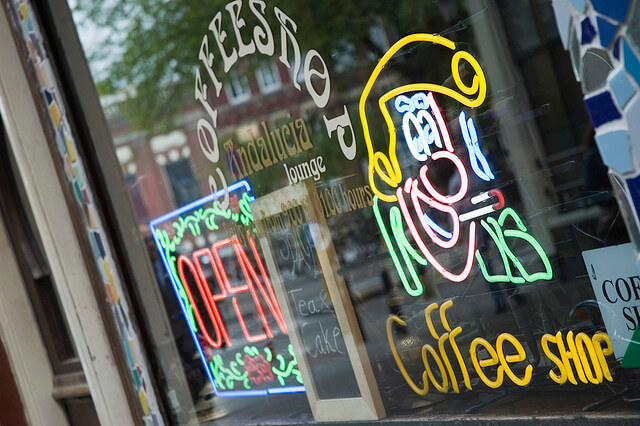
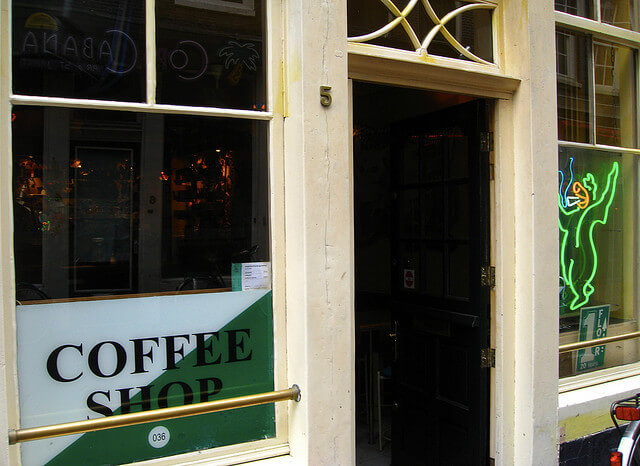
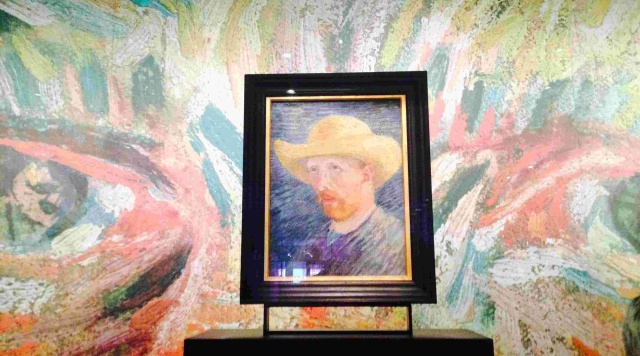
![The Potato Eaters by Vincent van Gogh [Public domain], via Wikimedia Commons.](https://travelingeurope.biz//wp-content/uploads/2015/09/The-Potato-Eaters-Van-Gogh-compressed.jpg)
![Sunflowers by Vincent van Gogh [Public domain], via Wikimedia Commons.](https://travelingeurope.biz//wp-content/uploads/2015/09/Sunflowers-Van-Gogh-compressed.jpg)


